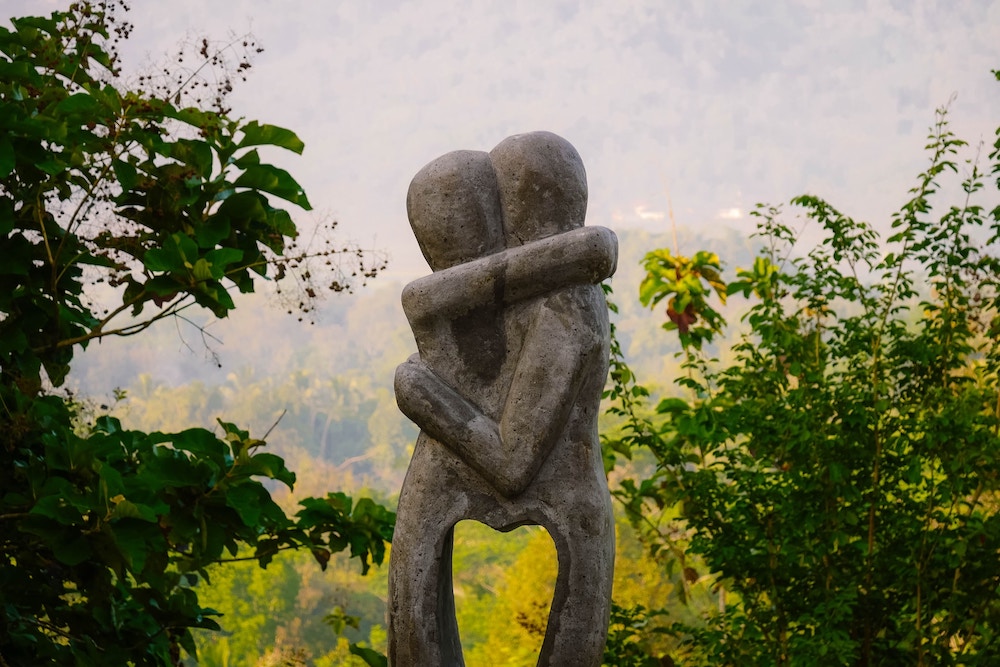His Holiness the Dalai Lama was amazed when longtime Western dharma students told him that most Westerners weren’t so sure they loved themselves. He thought all of us humans loved ourselves the best. Not so. In many cases, we Westerners struggle when it comes to feeling love and affection for ourselves.
Another Tibetan lama, Mingyur Rinpoche, also couldn’t imagine what his Western students were talking about on this subject. He was determined to find out because he felt that without truly understanding this phenomenon in his bones, he wouldn’t be able to help those students connect with the dharma. So, he decided to cultivate a bad opinion of himself. Every day, in meditation and in between, Mingyur Rinpoche focused on his faults and shortcomings. He told himself that because of these, he was intrinsically worthless. One day, after cultivating all kinds of similar negative thoughts, he realized that he was feeling little love for himself and, actually, felt rather depressed. Then he thought, “Now I get it! Now I don’t like myself either—how wonderful!” Needless to say, he resumed his usual practices and soon returned to his usual joyful state.
Westerners find endless reasons—both subconscious and conscious—to withhold the feeling of deep love for ourselves, from thinking we’re not worthy of love to believing we’re only lovable if we’re perfect. Fortunately, the practice of boundless lovingkindness provides a way to slowly reverse that habit by offering us a safe, dependable source of love and warmth that’s directed first to ourselves, and then to those around us.
To begin the practice, start by kindling positive feelings for yourself. How you do that could vary. Be imaginative, change it up once in a while, to keep it alive and fresh. You might either imagine yourself in front of or inside your heart, as one might do in tonglen meditation.
Next, work toward enveloping yourself in warm, strong feelings of love. Perhaps it comes in waves. Perhaps you have waves of tears. Perhaps you can’t even take too much of it at once. You might have to build your capacity gradually.
Think of your own nature as a sentient being, a fleck in an ocean that connects us all, your essence pure from the beginningless origins of time. Of course you want to be happy. Of course you don’t want to suffer. You now envelop yourself with the wish for this one being—you—to be supremely happy always, and never to suffer even a little.
When I do this practice, I imagine myself actually embracing myself; giving myself a long, warm hug. At the same time, I feel myself getting the hug, really relaxing into it and taking it in. The Theravada tradition calls this metta practice. They say this for every sentient being (you, included): May you be happy. May you be well. May you be safe. May you be peaceful and at ease.
Once you have a reasonably strong feeling of love for yourself, try to begin stepping it out. Begin with another person for whom you already feel this love for. See them clearly before you. Hold them in a warm embrace of love. Then you might say the sentences above, to them. Keep going until you feel strong feelings of love, like waves rolling out to that person.
Continue with a few more individuals, whether that’s someone you know or a stranger riding the subway during your morning commute. The tide is getting stronger now.
Next, work toward moving this lovingkindness out to whole classes of beings: preschool students, hospital patients, and restaurant workers. Then, move this out to all the different kinds of wild animals. And bugs—bugs have feelings too.
Once you’re ready, you can add in a rung for people who annoy you, just before the “all beings” rung at the end. Those annoying people are sentient beings too. They’re trying to pursue happiness and avoid suffering, using the best methods they know. To slightly paraphrase the Buddha, hate never eradicates hate. Only love can do that.
Here’s a very different method, which His Holiness the Dalai Lama recommends: transform an enemy into a friend. Not everyone will be receptive, but if we begin by transforming our own feelings toward that person, we have a chance of stopping our war with them. For sure we can stop it inside our own hearts. That already feels better. The Hindu guru Neem Karoli Baba said, “Never throw anyone out of your heart.” It makes your own heart smaller.
Now you’ve hopefully included every being in all of existence. How do you feel, compared with when you started?
Try keeping a journal by your meditation spot. If I jot down a note or two about my practice experience after a session, I find that it makes it more real in my mind. It also will help crystallize your thoughts and feelings now, and someday in the future, you can look back and appreciate all that has happened on your journey.
The best part of this practice? You don’t need to stop when you get up from meditation. Why not continue this feeling throughout the day with everyone you meet? As the 8th-century master Shantideva says in his classic The Way of the Bodhisattva, “Whenever catching sight of others, look on them with open, loving heart.”
This article was originally published on April 7, 2023.
Thank you for subscribing to Tricycle! As a nonprofit, we depend on readers like you to keep Buddhist teachings and practices widely available.

